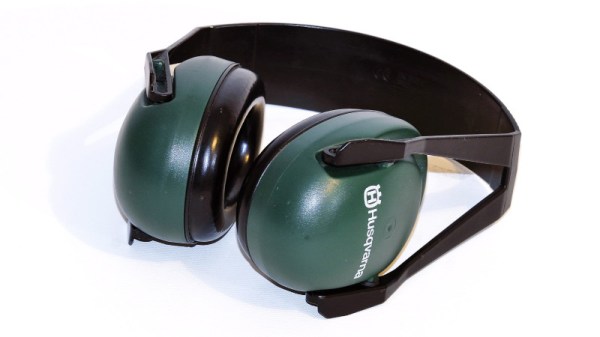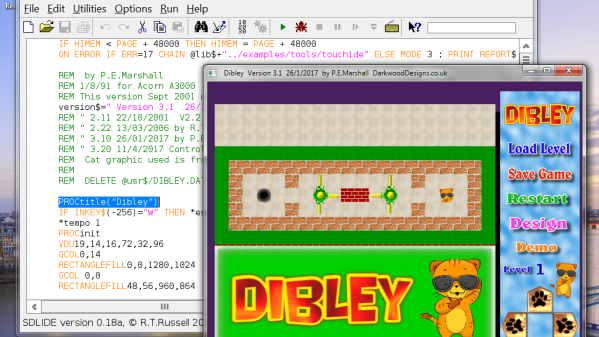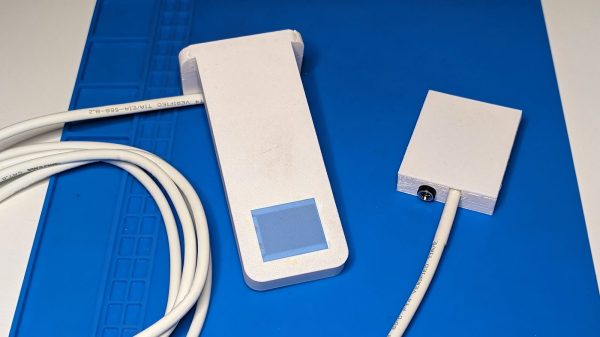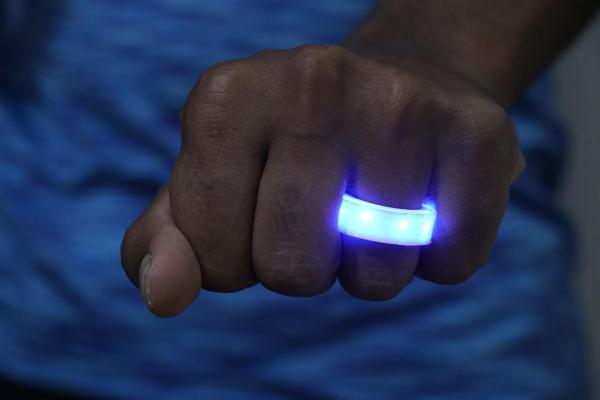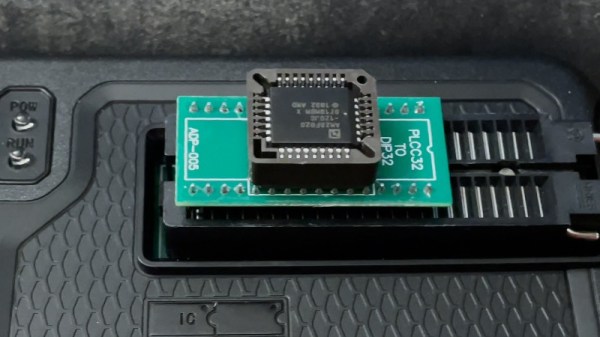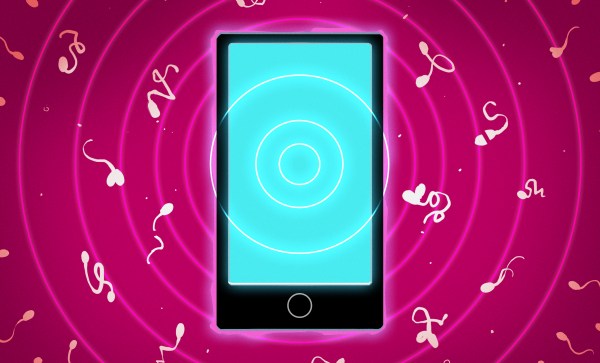On the face of it, producing a set of noise cancelling headphones should be a relatively straightforward project. But as [Pete Lewis] found out, things are not always as they seem. The result is a deep dive into microphone specifications, through which most of us could probably learn something.
Noise cancelling headphones have a set of microphones which provide anti-phase noise through an amplifier to the ‘phones, thus in theory cancelling out the external noise. Since [Pete] is a musician this pair would have to be capable of operating at high noise levels, so he checked the spec for his microphone and with an acoustic overload point at 124 dB for a 115 environment he was ready to go.
Unfortunately these ‘phones showed distortion, which brings us back to the acoustic overload point. This is the sound level at which the microphone has 10% distortion, which is a very high figure, and certainly meant there was enough distortion to be audible at the lower level. After a search for a higher spec microphone and a move to a digital codec-based solution with an ESP32 he eventually cracks it though, leading to an inexpensive set of noise cancelling headphones for high-noise environments.
If distortion interests you, it’s a subject we’ve visited in the past.
Header image: fir0002, GFDL 1.2.

